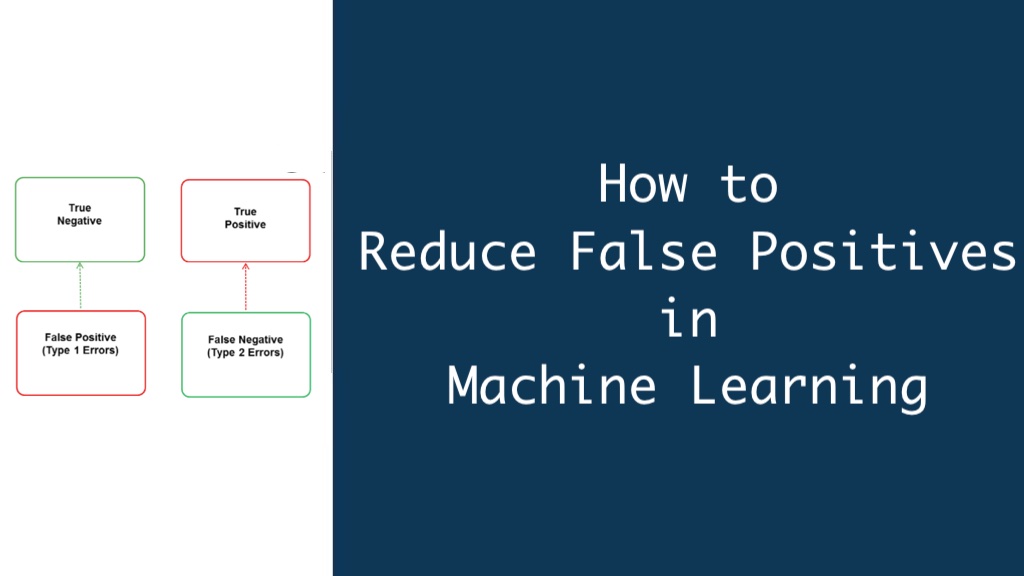In machine learning classification tasks, false positives occur when a model incorrectly predicts a positive outcome when the actual outcome is negative. These misclassifications can have serious consequences, leading to wasted resources, missed opportunities, and frustrated customers. Therefore, reducing false positives is crucial for successful model deployment and achieving reliable predictions.
What is False Positives:
False positives and false negatives are inversely related, meaning that reducing one often increases the other. As such, it’s essential to strike the right balance based on the specific use case. Key metrics like accuracy, precision, recall, and F1-score help evaluate classification models and identify areas for improvement.
Selecting the appropriate evaluation metric is crucial. For example, in spam detection, minimizing false positives (high precision) may be more important than maximizing true positives to avoid misclassifying legitimate emails as spam.
Techniques to Reduce False Positives:
Data-Centric Techniques:
High-quality data is essential for building accurate models. Data cleaning and pre-processing techniques like normalization and feature engineering can remove noise and inconsistencies, reducing false positives. Additionally, addressing data imbalance through techniques like oversampling, undersampling, or using cost-sensitive learning algorithms can improve performance on the minority class and reduce false positives.
Model-Centric Techniques:
Algorithm selection plays a significant role in reducing false positives. Different algorithms exhibit varying tendencies towards false positives or false negatives. For instance, decision trees may be more prone to false positives, while support vector machines tend to have fewer false positives. Carefully considering the characteristics of your task and dataset can guide algorithm selection.
Hyperparameter tuning is another powerful technique for optimizing models to reduce false positives. Grid search or randomized search can help find the optimal hyperparameters that minimize false positives while maintaining overall performance.
For binary classification tasks, adjusting the classification threshold can significantly impact the number of false positives. By increasing the threshold, you can reduce false positives at the cost of potentially increasing false negatives.
Ensemble methods like random forests and gradient boosting machines can improve model robustness and reduce false positives. By combining multiple models, ensemble methods can leverage the strengths of individual models and mitigate their weaknesses.
Human-in-the-Loop Techniques:
Incorporating human expertise through a human-in-the-loop approach can help filter out false positives and improve overall accuracy. In this approach, human experts review cases flagged by the model as positive, providing feedback and correcting misclassifications. This feedback can then be used to retrain and refine the model, reducing false positives over time.
Conclusion:
Reducing false positives in machine learning models is crucial for achieving reliable and trustworthy predictions. By employing a combination of data-centric, model-centric, and human-in-the-loop techniques, you can improve the performance of your classification models and minimize the negative consequences of false positives.
Continuous monitoring and evaluation of models in production are essential, as data patterns and distributions may change over time, potentially increasing false positives. Regularly assessing and adjusting your models can help maintain their accuracy and effectiveness.
Ultimately, the choice of techniques to reduce false positives will depend on your specific use case, dataset characteristics, and business requirements. Experiment with different approaches, evaluate their impact, and iterate until you achieve the desired balance between false positives and overall model performance.
